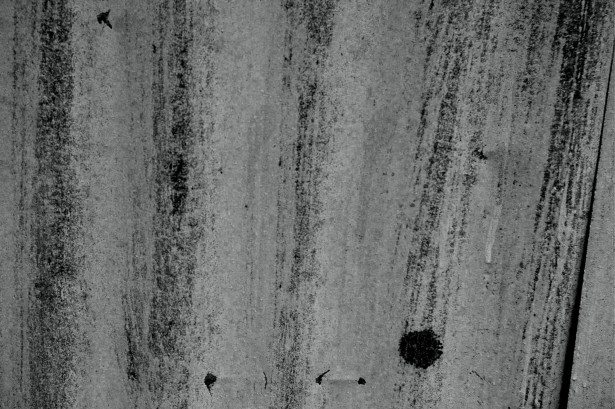Asbestos is an environmental hazard present in some older homes. Breathing in asbestos fibers is associated with lung cancer and mesothelioma. As a result, people interested in buying an older home should be aware of the potential hazards associated with this building material.
What is asbestos?
Asbestos is a naturally occurring mineral fiber found in some building materials. It has been used in a number of products to add strength, heat insulation, and fire resistance. Before it became regulated, asbestos was synonymous with insulation. The United States finally regulated the use of asbestos in the 1970s. The use of asbestos is still allowed today but only in very small quantities.
Why is asbestos dangerous?
Asbestos is considered dangerous because asbestos fibers can become airborne making it easy for someone to inhale or swallow the fibers. Once in the body, asbestos fibers never dissolve which results in inflammation and damage to the body’s cells.
Long-term exposure is known to result in lung cancer and mesothelioma among other illnesses. The risk of lung cancer and mesothelioma is linked to the amount of fibers inhaled. People with the most exposure are at the greatest risk of developing these conditions.
Asbestos in Your Home
Asbestos can be found in roofing products, siding materials, and even in walls. If you suspect there may be asbestos in your home, don’t panic. Asbestos material that is not disturbed does not usually release fibers. There is no danger unless the fibers are disturbed and inhaled into the lungs.
Check the material regularly if you suspect it may contain asbestos. During your inspection of the material, look for damage and deterioration which may result in fibers being released. If the material is damaged, it should be repaired or replaced by a professional. Improper handling of the material can be a serious hazard so doing the work yourself is strongly discouraged.
Identifying Asbestos
Asbestos can only be identified through lab tests– not through a visual examination. In the lab, scientists look at the structure of the asbestos fibers to properly identify it. Material suspected to contain asbestos should be treated as such.
If a home inspector suspects a house may contain asbestos he/she might recommend collecting samples for further testing. Testing for asbestos is strongly recommend, especially if the material in question is damaged or deteriorated.
Buying a house in Tampa or surrounding areas? At Home Check, we help home buyers get the facts about their homes. Call us today to schedule an inspection or visit our website to get an inspection quote.

